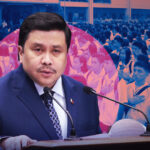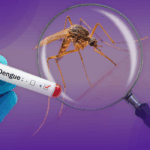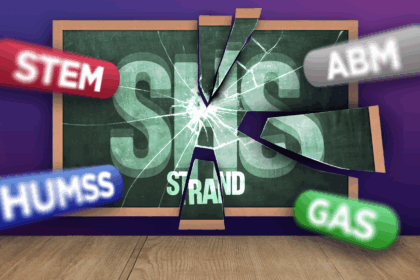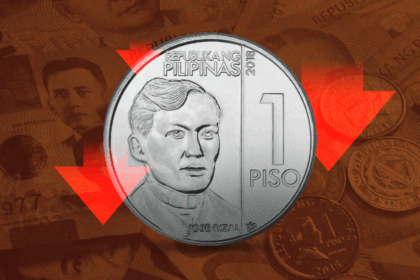Despite pharmacy requiring a degree and professional license, there is still a lack of practice in the pharmaceutical sector due to lack of recognition in the profession, resulting in a large number working for private sectors or teaching in academe.
Under the Republic Act No. 5921 or ‘The Pharmacy Law,’ there must be at least 1 pharmacist per shift per drugstore or pharmacy, which is already a challenge for the country.
Private Sector Advisory Council (PSAC) data revealed that the Philippines needs 57,500 pharmacists, but there are only 30,000 as of now, making the country 27,500 fewer pharmaceutical professionals in service.
Every year, only 4,000 board passers and certified pharmacists are produced, where it still cannot keep up with the growing demand for pharmacists as it will take over 7 years just to fill the gap.
Lack of recognition
This pharmacist crisis is not the first time. In 2021, a similar situation was faced, when the Department of Health announced that the Philippines was experiencing a shortage of 14,000 pharmacists aside from the shortage of doctors and nurses.
In 2014, the Drugstores Association of the Philippines warned people on the effects of fewer students taking a pharmacy program, posing a significant threat to the country’s both pharmaceutical and medical industries.
Former president of the Philippine Pharmacists Association Ma. Gilda Saljay said that a key reason why pharmacists are lacking is due to a lack of appreciation.
“Most often, people would view pharmacists as just salespersons, but they don’t realize that we are healthcare professionals behind that counter,” she stated.
Lacking in number
Currently, there is a big gap to fill when it comes to the lack of pharmacists. According to the World Health Organization, there must be 1 pharmacist per 2,000 people. Yet in the Philippines, the ratio is only 0.57 per 2,000 people, based on the data of PSAC.
However, these pharmacists are also unequally distributed to do pharmaceutical services and practices across the regions.
The majority of them are assigned and end up in urban centers, well-known hospitals, and bigger drugstores, leaving those living in remote areas no choice but to travel far to get medicine.
Medical professionals and not salespersons
Filipinos still consider pharmacists as just salespersons or transactional professionals to provide medicine to customers in need. They do not realize the depth and importance of the profession, and it pushes pharmacists to become low in demand.
“Pharmacists are usually the first and often also the last line in healthcare you go to for health concerns. We see this as an opportunity to give them the correct health information, medication counseling, and ways to address their health issues,” Ma. Gilda Saljay, Former president of the Philippine Pharmacists Association.
Despite being globally recognized, the pharmacy role in the Philippines is still being undervalued.
“Globally, pharmacists are seen as experts in optimal outcomes for prescribed medicines and the cornerstone for the effective provision of universal healthcare. In the Philippines, people are still stuck on the idea that pharmacists are transactional instead of actual healthcare professionals,” Dr. Thorsten Berg, Scientific Affairs Head of Sanofi Consumer Healthcare AMEA (Asia/Middle East/Africa).








